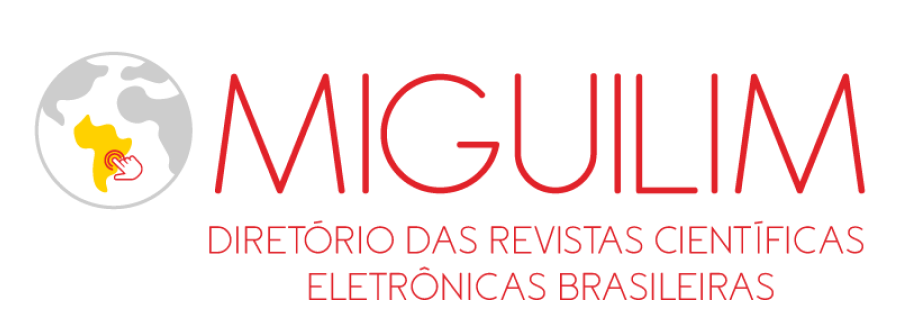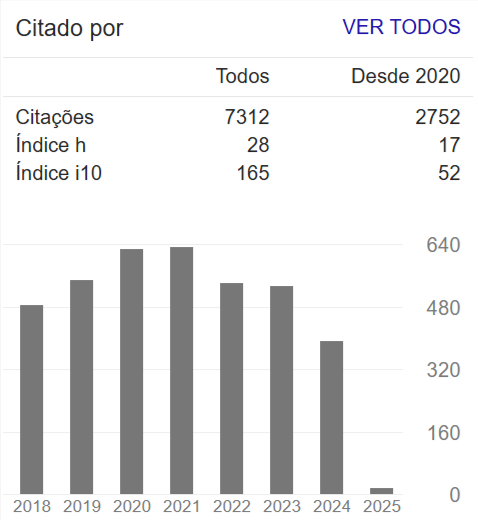DEVELOPMENT OF A METHODOLOGY FOR THE DESIGN OF GROUNDWATER QUALITY SAMPLING NETWORKS
Resumo
Groundwater quality sampling networks are an aid in characterizing groundwater contamination problems and in evaluating the performance of a remediation strategy. In this context the goal of a water quality sampling network is to estimate the extent and behavior of the contaminant plume. Estimating concentrations of a contaminant plume in an efficient way depends on both the location of the sampling wells and the times when the contaminant samples are taken. In response to this need two of the authors have proposed a methodology for the design of cost-effective water-quality sampling in which sampling locations and sampling times are decision variables (Herrera 1998, and Herrera and Pinder 1998). The proposed methodology combines stochastic simulation (also known as Monte Carlo simulation) and a Kalman filter to obtain sampling network designs that minimize (we explain in the text in which sense) the uncertainty of the predicted contaminant concentration estimates. One important feature of the methodology is that the number of samples that are taken at a given time does not have to be stipulated. Rather, the method
chooses the ”optimal” number of samples for each sampling time. In this paper we present an application of the approach to a hypothetical problem and a blueprint for and progress
in the application of this methodology to a field problem.

















